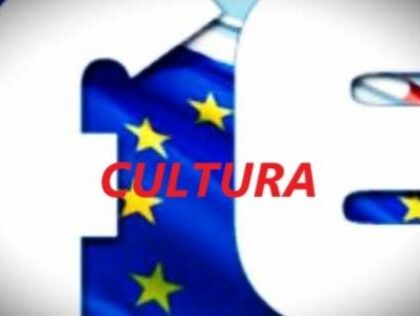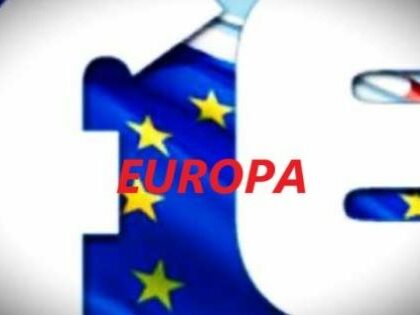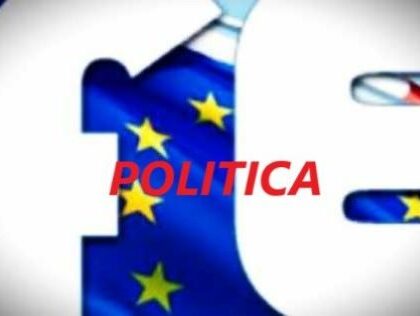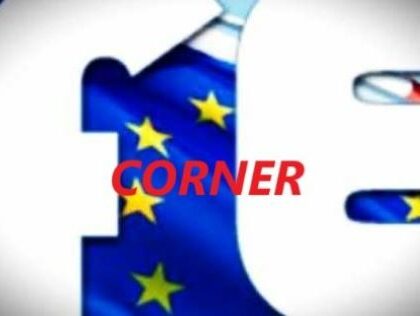Mònica Bello (Arts@CERN): arte e scienza, molte cose in comune
La spagnola Mònica Bello è un curatore e critico d’arte indipendente, con competenze in arte e scienza. Dal marzo 2015 è il nuovo capo delle Arts@CERN, un programma di arte ospite multidisciplinare del CERN di Ginevra che promuove collaborazioni tra artisti e scienziati. Tra il 2010 e il 2015 è stata direttore artistico del VIDA, il concorso internazionale per l’arte e l’arte artificiale, fondata da Fundacion Telefonica a Madrid. In precedenza è stata responsabile della formazione presso LABoral Centro de Arte (Gijón, Spagna). Ha fondato diversi programmi e piattaforme curatoriali, come Capsula o Res-qualia a Barcellona (Spagna), o Biorama a Huddersfield (Regno Unito). E’ membro del consiglio di amministrazione di Fundacion Laboral Centro de Arte. Partecipa regolarmente in comitati consultivi, rivedere le commissioni e giurie in tutto il mondo e si dedica la sua ricerca alle forme più sperimentali dell’arte e pratiche culturali emergenti. Le abbiamo rivolto alcune domande.
Il progetto Arts@CERN nasce con l’idea di far incontrare il mondo umanistico ed artistico con quello scientifico, ritiene che storicamente ci sia stata così poca comunicazione tra le due entità?
L’interazione tra il mondo umanistico e artistico con quello scientifico e tecnologico è un processo che va avanti da secoli. Abbiamo degli ottimi esempi durante il periodo rinascimentale con Leonardo, o perfino nelle culture antiche, dove la conoscenza era concepita come un sistema assoluto. La distinzione tra fatti concreti e percezioni simboliche della realtà era confusa e indistinta. Oggigiorno c’è una chiara separazione tra questi elementi intesi come discipline in antitesi, in parte a causa del sistema, l’arte non sempre risponde chiaramente ai requisiti di questa ambiente. Tuttavia, siccome sia la scienza che la cultura fondamentalmente si interrogano sulle leggi della natura e della realtà, hanno molte più cose in comune di quanto possa apparire. Perciò la comunicazione tra le due esiste e oggigiorno sta crescendo nel pubblico interesse.
Non è forse corretto definire, così come fece Leonardo da Vinci, che l’arte è scienza in quanto richiede un duro e sistematico lavoro. Leonardo era insigne artista e scienziato, possiamo pensarlo come il primo esempio di incontro tra le due materie?
Leonardo è il personaggio che meglio rappresenta il legame tra arte e scienza, e ritengo che avesse ragione nel sostenere il bisogno di una metodologia rigorosa di lavoro e ricerca in entrambe le discipline. Se un individuo vuole interrogarsi sulle più grandi questioni riguardanti il nostro mondo, allora deve essere fatto un grande compromesso, con argomenti precisi, ma con la volontà aperta al confronto con una o più risposte durante il processo.
La razionalità della scienza contrapposta all’irrazionalità dell’arte, non pensa che la scienza debba divenire soggettiva e quindi irrazionale per essere comunicata ai singoli?
Personalmente non sono d’accordo, scienza e arte hanno finalità diverse, specialmente quando entrano in contatto con la società. La scienza per esistere non richiede l’esposizione al pubblico, persino quando ne può trarre benefici. Al contrario, l’arte è più vicina ai fini comunicativi e all’esibizione dei processi o dei risultati, o alla creazione di modi per coinvolgere il pubblico. Tuttavia non sono sicura di quello che si intende parlando dell’arte come un qualcosa di irrazionale. Piuttosto direi che segue regole diverse che spesso non si conformano agli standard, operando pur sempre secondo una logica.
. . .
The Arts@CERN project was created with the idea of bringing together the world humanistic and artistic with the scientific one, he believes that historically there has been so little communication between the two entities?
The interaction between the field of art and humanities with the field of science and technology has been occurring for centuries. We have good examples during the Renaissance with Leonardo, or even in ancient cultures, when knowledge was understood as a absolute system and distinctions between proven facts and the symbolic perceptions of the reality were blured. Nowadays there is a clear separation of those as contrary disciplines partly because of the product driven system. Art does not often responds clearly to the requirements of this ecology. However, because science and culture essentially ask about the laws of nature and reality, they have more things in common that the apparent ones. Therefore the communication between both exists and it is growing on public interest nowadays.
Is it not correct to describe, as did Leonardo da Vinci, that art is science as it requires hard and systematic work. Leonardo was an outstanding artist and scientist, we can think of it as the first such meeting between the two subjects?
Leonardo is the creator who better represents the connection between art and science, and I think he was very right when he talked about the need of a rigorous methodology of work and research in both disciplines. If one wants to ask major questions about our world a firm commitment needs to be made, with rigorous arguments but with an open will to be confronted with one or several answers through the process.
The rationality of science as opposed to the irrationality of art, does not think that science should become subjective and therefore irrational to be communicated to the people?
I disagree, science and art have different purposes, especially when put in contact with society. Science to exist does not requires of public exposure, even when it can be benefit from it. At the contrary art is most closed to the communicative purposes and to exhibit the processes or outcomes, or to create ways of public engagement. I am not sure about what you mean about art being irrational though. I would say it plays different rules, that often don’t convey with the standards and codes, but still working under a logic. [Traduzione di Arianna Zanotti]






